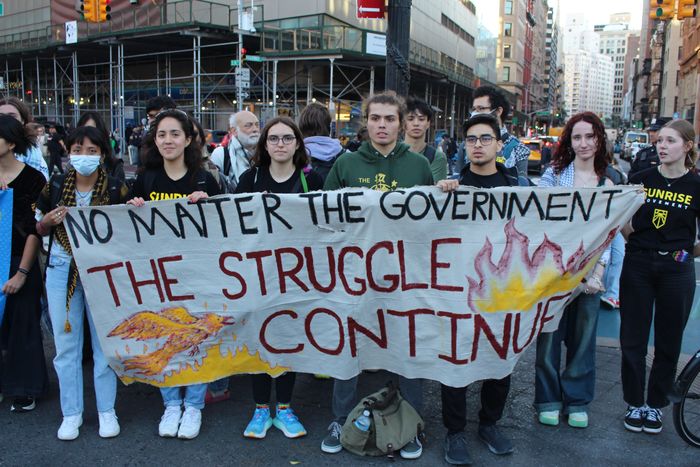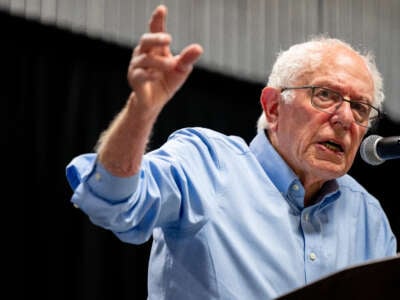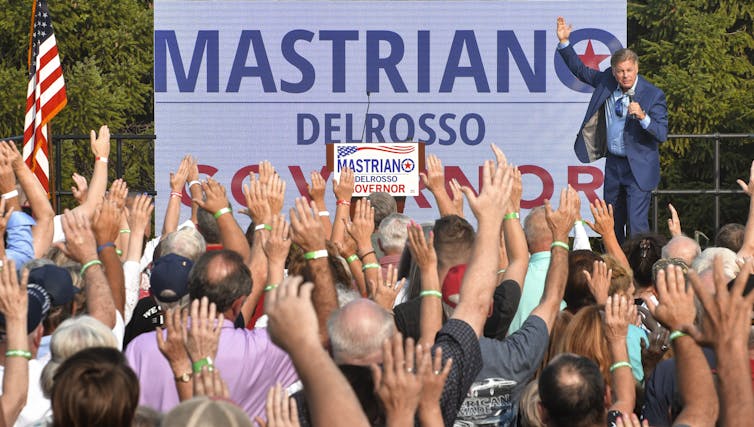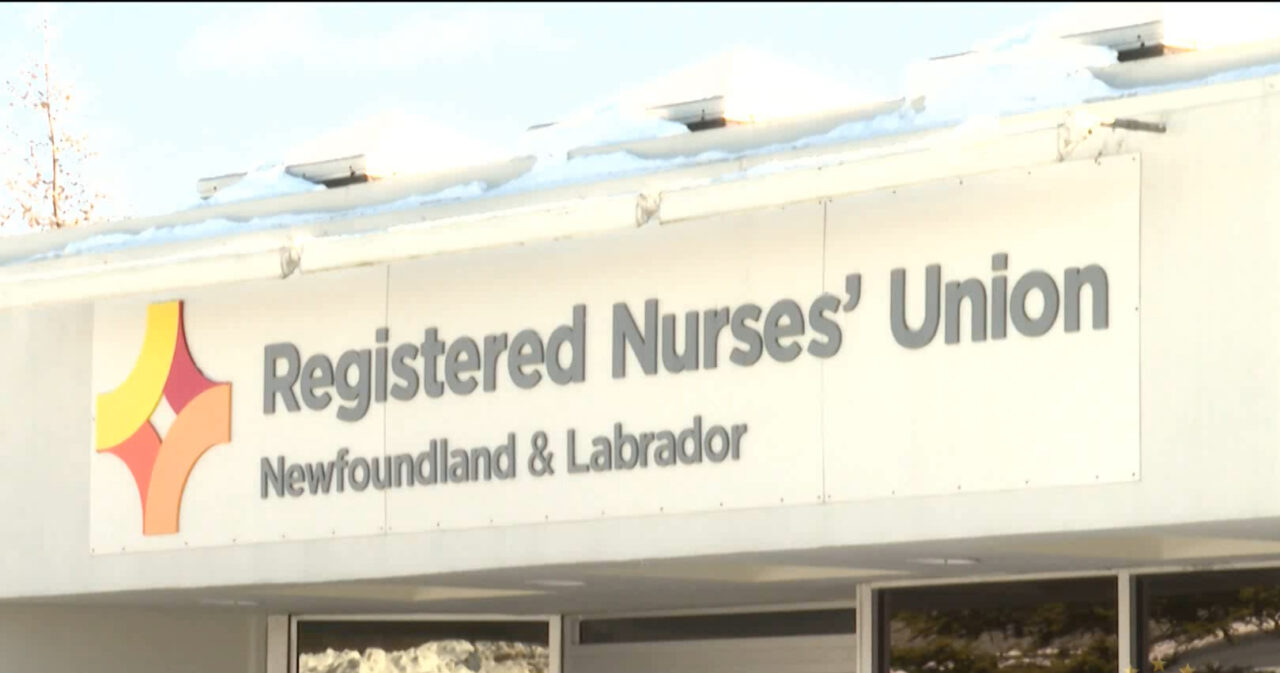'Ready to Fight' for Climate, Students Walk Out Over Trum
"We won't stand by while Donald Trump's dangerous agenda threatens everything we believe in," said one student.

Students at Michigan State University joined nationwide walkouts organized by the Sunrise Movement on November 8, 2024.
(Photo: Lilli/Sunrise Movement)
Jessica Corbett
Nov 08, 2024
COMMON DREAMS
Students with the youth-led Sunrise Movement walked out of over 30 high schools and universities across the United States on Friday to stand against U.S. President-elect Donald Trump's "extreme agenda" and promote "the fight for climate justice, workers' rights, and democracy."
The protesters carried signs and banners with messages including "This Is a Climate Emergency," "Protect Our Futures," "People Not Profit," "Fuck Trump," "Together We Rise," and "The Dems Failed, The People Won't."
"Students from every corner of the country came together to send a powerful message of solidarity. We won't stand by while Donald Trump's dangerous agenda threatens everything we believe in," said Aster Chau, a 16-year-old from Philadelphia, Pennsylvania. "This movement is about hope—hope that when we stand together, we can push our leaders to take bold action. We won't back down. This is our future, and we're taking it back."

Students in New York City joined nationwide walkouts on November 8, 2024. (Photo: Mahtab Khan/Sunrise Movement)
Trump's first presidential term featured a wide range of attacks on the Earth. This cycle, he pledged to "drill, baby, drill," provoking warnings about how his return to power would lead to a surge in planet-heating pollution, and vowed to roll back Biden-Harris administration climate policies if Big Oil poured just $1 billion into his campaign.
Since Trump beat Democratic Vice President Kamala Harris on Tuesday, critics including the Sunrise Movement have called out her party's leadership for failing to adequately prioritize the needs and demands of the working class.
"Millions of people are fed up after living through decades of a rigged economy and corrupt political system," the group said on social media Wednesday. "They are looking for someone to blame. It's critical the Dem Party takes that seriously."

Students at Bard College in New York state joined nationwide walkouts on November 8, 2024. (Photo: Sunrise Movement)
Sunrise said in a Friday statement that the "walkouts represent a call to action for both parties: If Democrats want to win, they need to stop pandering to big donors and corporations and instead focus on the bold policies that will ensure a livable future for all."
Manuel Ivan Guerrero, a student at the University of Central Florida, stressed that "today was just the beginning. We're angry and we're scared but we're ready to fight."
"We have the power to win and defeat Donald Trump, but our leaders need to be bold enough to fight for us," the 18-year-old added. "The time for empty promises is over. We are ready to do whatever it takes to win a better world."



















